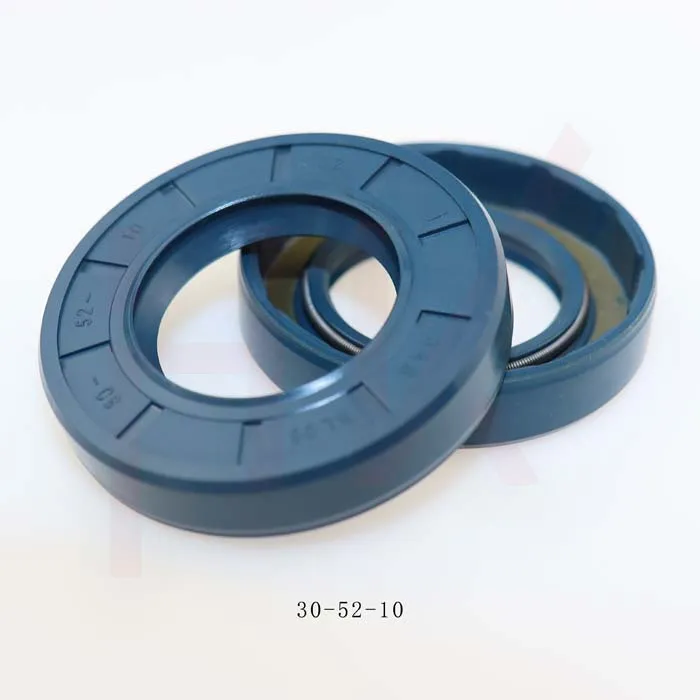Nov . 15, 2024 09:54 Back to list
hydraulic cylinder seal repair
Hydraulic Cylinder Seal Repair A Comprehensive Guide
Hydraulic cylinders are essential components in various industrial applications, providing the power needed to lift, push, and pull heavy loads. However, like any mechanical device, they can experience wear and tear, leading to seal failures that can significantly impact performance. Understanding the process of hydraulic cylinder seal repair is essential for maintenance and extending the lifespan of your equipment.
Understanding Hydraulic Seals
Hydraulic seals are designed to prevent fluid leakage and contamination while maintaining the cylinder's pressure. These seals are typically made from materials such as nitrile rubber, polyurethane, or PTFE, and they come in various shapes, including O-rings, piston seals, and rod seals. Over time, factors such as heat, pressure, and exposure to various substances can cause these seals to degrade, leading to leaks and reduced efficiency.
Signs of Seal Failure
One of the first indicators of seal issues is hydraulic fluid leakage. If you notice oil pooling around the cylinder or dripping onto the ground, it’s essential to address the problem promptly. Other signs include decreased performance, such as slower movement or difficulty in lifting heavy loads. Unusual noises or vibrations during operation can also suggest that the seals are worn out and need to be replaced.
Preparing for Seal Repair
Before beginning the seal repair process, gather the necessary tools and materials. You will typically need
- Replacement seals - A seal kit specific to your cylinder model - Basic hand tools (wrenches, screwdrivers, etc
.) - A cleaning brush and solvent - Safety gear (gloves, goggles)Make sure to consult the manufacturer’s manual for specific instructions regarding your hydraulic cylinder model. Proper preparation is key to avoiding complications during the repair process.
hydraulic cylinder seal repair

Step-by-Step Seal Repair Process
1. Disassemble the Cylinder Start by safely disconnecting the hydraulic cylinder from the machine, ensuring all hydraulic pressure is released. Remove any hoses and fittings, then carefully disassemble the cylinder, taking note of how each part fits together.
2. Inspect Components Examine all components of the hydraulic cylinder, including the piston, rod, and cylinder bore. Look for signs of wear, scratches, or damage that may require further attention beyond the seals.
3. Remove Old Seals Carefully use a seal removal tool or a flathead screwdriver to extract the old seals from their grooves. Be cautious not to scratch the cylinder or other components during this process.
4. Clean Surfaces Clean the cylinder bore and rod using a solvent and a brush to remove any residue or debris. Ensuring a clean work area is crucial for the longevity of the new seals.
5. Install New Seals Following the manufacturer’s guidelines, install the new seals in the same order and orientation as the old ones. Ensure they fit snugly and are properly seated in their grooves.
6. Reassemble the Cylinder Once the new seals are in place, reassemble the hydraulic cylinder. Take care to properly align all parts and securely tighten them according to the specifications.
7. Reconnect and Test After reassembly, reconnect the hydraulic cylinder to its system. Gradually pressurize the system and check for any leaks. Ensure that the cylinder operates smoothly without any unusual sounds.
Conclusion
Hydraulic cylinder seal repair is a crucial maintenance task that can save time and money by preventing further damage to the hydraulic system. By being proactive in recognizing the signs of seal failure and following a systematic repair process, you can ensure the efficient operation of your machinery. Regular inspections and timely maintenance will go a long way in extending the life of hydraulic cylinders and maintaining optimal performance in your operations.
-
TCN Oil Seal Metal Ring Reinforcement for Heavy Machinery
NewsJul.25,2025
-
Rotary Lip Seal Spring-Loaded Design for High-Speed Applications
NewsJul.25,2025
-
Hydraulic Cylinder Seals Polyurethane Material for High-Impact Jobs
NewsJul.25,2025
-
High Pressure Oil Seal Polyurethane Coating Wear Resistance
NewsJul.25,2025
-
Dust Proof Seal Double Lip Design for Construction Equipment
NewsJul.25,2025
-
Hub Seal Polyurethane Wear Resistance in Agricultural Vehicles
NewsJul.25,2025
-
The Trans-formative Journey of Wheel Hub Oil Seals
NewsJun.06,2025
Products categories
















